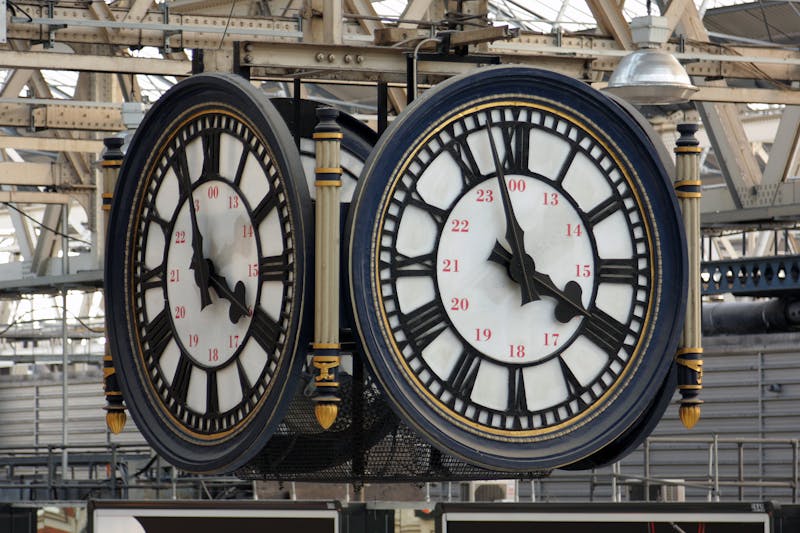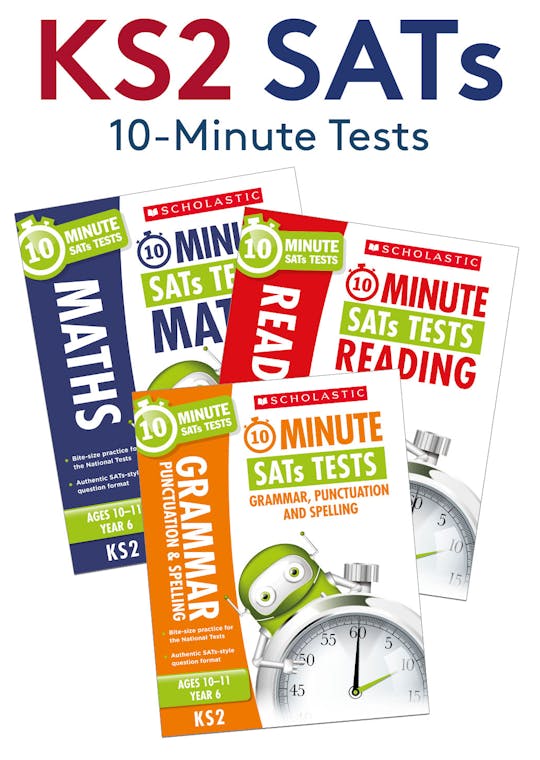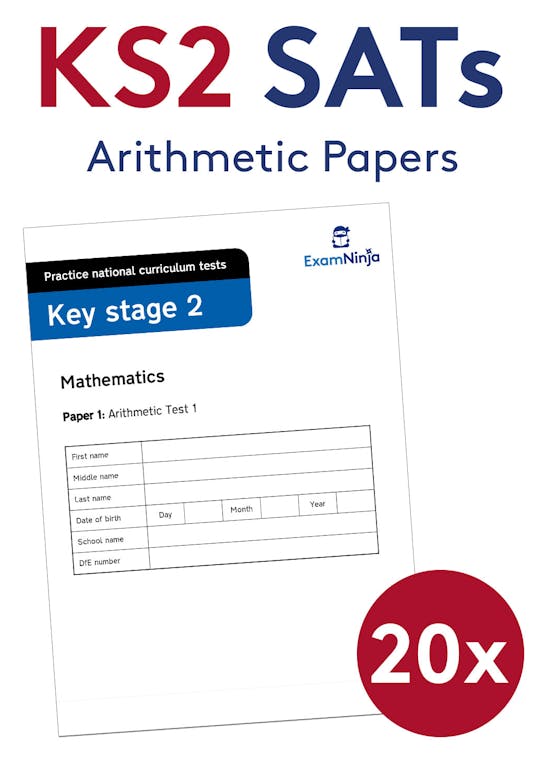What are Roman numerals?
Roman numerals are a set of seven letters, originally used by ancient Romans, to represent numbers.
The Roman numeral system uses different combinations of the letters I, V, X, L, C, D and M to represent all numbers.
These days, the most familiar place to find Roman numerals is on clocks or watches. However, they are also used when referring to the kings and queens, e.g., Queen Elizabeth II or Henry VIII.

What are the Roman numerals?
| Roman Numeral | I | V | X | L | C | D | M |
|---|---|---|---|---|---|---|---|
| Decimal Number | 1 | 5 | 10 | 50 | 100 | 500 | 1000 |
By combining Roman numerals, other numbers can be created. For example:
| Roman Numeral | Decimal Number |
|---|---|
| III | 3 |
| LV | 55 |
| LXVI | 66 |
If a smaller value appears before a larger value, the smaller value is subtracted. If a smaller value appears after a larger value, the two are added.
Numbers are represented in order from the largest value to smallest, i.e. thousands, hundreds, tens and lastly units. Only three identical letters can be used consecutively. Hence, the number 8 is represented using VIII, whereas the number nine is represented using IX.
Recommended Products
Here is a really useful and short video to help children remember Roman numerals and how they're combined to create larger numbers:
More Examples of Roman Numerals
| Roman Numeral | Decimal Number |
|---|---|
| XIX | 19 |
| XLIV | 44 |
| XCIX | 99 |
Roman Numerals Chart
Below is a chart of all Roman numerals up to 1000:
| Number | Roman Numeral | Number | Roman Numeral | Number | Roman Numeral | Number | Roman Numeral |
|---|---|---|---|---|---|---|---|
| 1 | I | 11 | XI | 30 | XXX | 400 | CD |
| 2 | II | 12 | XII | 40 | XL | 500 | D |
| 3 | III | 13 | XIII | 50 | L | 600 | DC |
| 4 | IV | 14 | XIV | 60 | LX | 700 | DCC |
| 5 | V | 15 | XV | 70 | LXX | 800 | DCCC |
| 6 | VI | 16 | XVI | 80 | LXXX | 900 | CM |
| 7 | VII | 17 | XVII | 90 | XC | 1000 | M |
| 8 | VIII | 18 | XVIII | 100 | C | ||
| 9 | IX | 19 | XIX | 200 | CC | ||
| 10 | X | 20 | XX | 300 | CCC |
Converting numbers and Roman numerals
Here’s how to convert numbers into Roman numerals:
- Partition the number into thousands, hundreds, tens and units.
- Find the correct Roman numeral(s) for each value
- Combine them the Roman numerals together.
Converting numbers into Roman numerals examples
| Number | Thousands | Hundreds | Tens | Units |
|---|---|---|---|---|
| 2672 | 2000 | 600 | 70 | 2 |
| MM | DC | LXX | II |
2672 = MMDCLXXII
| Number | Thousands | Hundreds | Tens | Units |
|---|---|---|---|---|
| 1946 | 1000 | 900 | 40 | 6 |
| M | CM | XL | VI |
1946 = MCMXLVI
Converting Roman numerals to numbers
Here’s how to convert Roman numerals into numbers:
- Partition the Roman numerals into thousands, hundreds, tens and units.
- Find the value of each group of letters.
- Recombine the numbers.
| Roman Numeral | Thousands | Hundreds | Tens | Units |
|---|---|---|---|---|
| MMMDCLXXIII | MMM | DC | LXX | III |
| 3000 | 600 | 70 | 3 |
MMMDCXXIII = 3673
| Roman Numeral | Thousands | Hundreds | Tens | Units |
|---|---|---|---|---|
| MMCMXCV | MM | CM | XC | V |
| 2000 | 900 | 90 | 5 |
MMCMXCV = 2995
Roman Numeral Converter
To help you ensure you get plenty of practice with converting Roman numerals, we have a handy online Roman numeral converter for you below. Just enter the Roman numeral or decimal that you would like to convert and it will instantly do all the hard work for you!
Roman Numeral & Decimal Conversion Tool
What is the letter M in Roman numerals?
In Roman numerals, the letter M represents the number 1000.
What is the number 50 in Roman numerals?
The number 50 in Roman numerals is represented by the letter L alone.
Key Points
- The seven Roman numeral symbols are I, V, X, L, C, D and M.
- Numbers are represented using a combination of letters.
- There is no place value or zero in Roman numerals.
- Smaller valued numerals after a larger one = Add.
- Smaller valued numeral before a larger one = Subtract.





